Alamo Lake, nestled within the Bill Williams River Valley in western Arizona, offers a serene and secluded getaway far from the hustle and bustle of city life. Known for its role in flood control and as a wildlife habitat, the lake was created with the completion of the Alamo Dam in 1968. It’s celebrated not only for its practical purposes but also as a prime fishing and wildlife viewing spot.
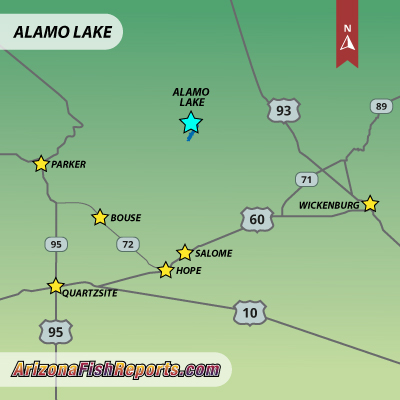
Natural Beauty & Landscapes:
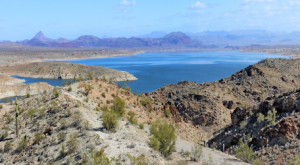
- Water Features: Alamo Lake, with its expansive and often shimmering surface, is the centerpiece. The lake’s levels can vary significantly, creating a dynamic landscape of exposed shores and submerged habitats.
- Surrounding Terrain: The area around Alamo Lake is characterized by low rolling hills and a rugged desert landscape, dotted with a mix of desert scrub and cacti, offering stark and beautiful vistas under the wide Arizona skies.
Flora and Fauna:
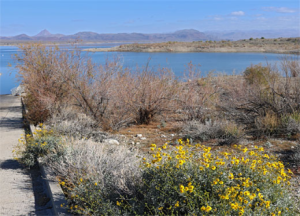
The lake area thrives with a blend of desert and aquatic ecosystems. Vegetation includes mesquite, palo verde, and a variety of cacti, providing shelter and food for wildlife. The lake is renowned for its bass and catfish populations, making it a popular spot for anglers. Bird watchers can delight in sightings of migratory waterfowl, eagles, and other bird species.
Camping and Accommodations:
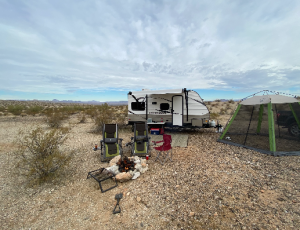
- Camping: Alamo Lake State Park offers campgrounds with amenities including restrooms, showers, and a dump station. Options range from developed sites with electric and water hookups to more primitive sites for a closer-to-nature experience.
- Lodging: While the immediate area around Alamo Lake offers limited lodging options, nearby towns provide additional accommodations, including motels and rental cabins.
Dispersed camping:
Alamo Lake offers dispersed camping opportunities, especially for those looking to enjoy a more rustic and remote camping experience. This type of camping is permitted in designated areas around the lake, providing a way to enjoy the natural beauty of the area away from the more developed campgrounds. It’s important for campers to follow Leave No Trace principles and ensure they pack out everything they bring in to help preserve the environment for future visitors.
Tips for Visitors:
- Reservations: It’s wise to book your campsite early, especially during the cooler months and fishing tournaments when the park is most popular.
- Permits: No specific permits are needed for day visits, but fees are required for camping and boating.
- Weather: Prepare for hot, sunny days and cooler nights. The lake area can be particularly windy; securing camping gear is recommended.
- Wildlife: Always maintain a safe distance from wildlife and keep food securely stored.
Hiking and Trails:
- Lake Overlook Trail (Easy): A short hike offering panoramic views of Alamo Lake and the surrounding desert.
- Basin Trail (Moderate): This trail takes you through more rugged terrain, offering a closer look at the local flora and geological features.
What to Expect:
Visitors should be prepared for a peaceful, natural environment with basic amenities. The lake’s fluctuating water levels can dramatically change the landscape, offering new scenes and opportunities for photography and exploration with each visit.
Seasonal Attractions and Best Times to Visit:
- Spring: Ideal for wildflower viewing and perfect weather for camping and fishing.
- Summer: Hot temperatures make early morning and late evening the best times for activities.
- Fall: Cooler temperatures and less crowded, great for fishing and wildlife viewing.
- Winter: Mild weather and low water levels can make access easier for hiking and exploring.
Q&A
Q: Can you fish from the shore at Alamo Lake?
A: Yes, you can fish from the shore at Alamo Lake. It’s a popular activity, with ample opportunities for shore fishing due to the accessible shoreline and abundant fish populations.
Q: Is there catfish in Alamo Lake?
A: Yes, Alamo Lake is well-known for its catfish population. Anglers often target both channel catfish and flathead catfish, making it a popular destination for catfish fishing.
Q: Is Alamo Lake safe to swim in?
A: Alamo Lake is generally considered safe for swimming, though it’s always best to check local advisories. However, visitors should be aware that there are no lifeguards on duty, and the lake’s remote nature means that swimming is at one’s own risk.
Q: What kind of fish are in Alamo Lake?
A: Alamo Lake hosts a variety of fish species. The most sought-after include largemouth bass, catfish (both channel and flathead), crappie, and bluegill. This diversity makes it a favorite spot among anglers.
Special Events:
Alamo Lake State Park occasionally hosts events such as star gazing nights and nature walks, focusing on the rich natural and celestial beauty of the area.
Protecting the Park:
Visitors are encouraged to respect the natural environment by practicing Leave No Trace principles. This includes packing out all trash, keeping fires in designated areas, and preserving the natural habitat for wildlife.
Getting There and Around:
Alamo Lake State Park is relatively remote, accessed by several miles of well-maintained dirt road from Wenden, AZ. The closest major cities are Phoenix and Las Vegas, each about a three-hour drive away. There is no public transportation directly to the park, so a personal vehicle is necessary.
For more information, visit the official Alamo Lake State Park website.

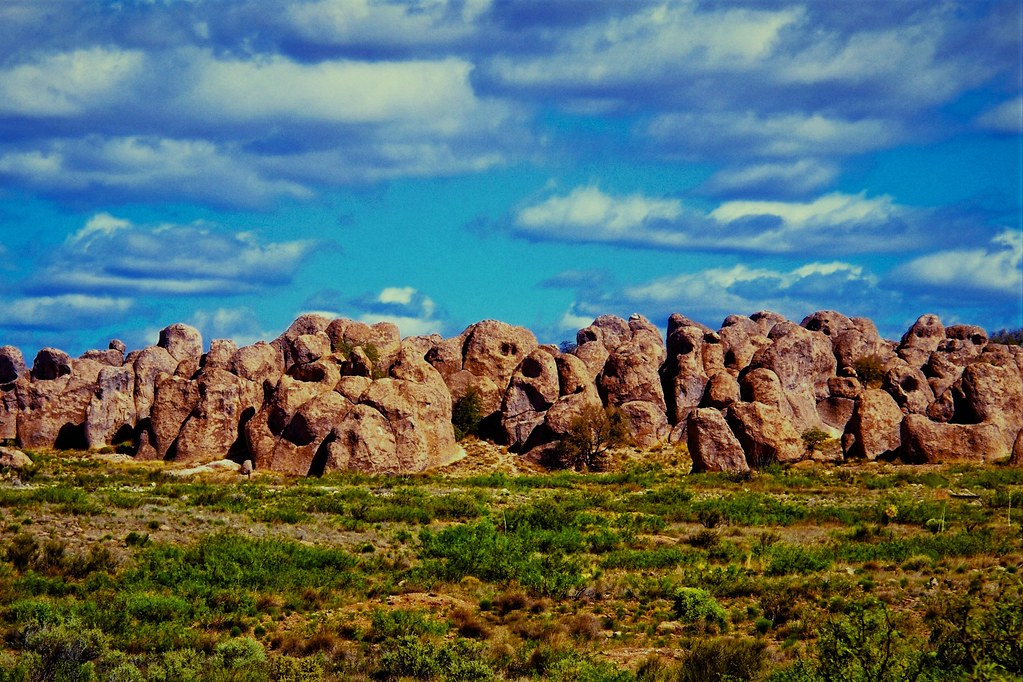
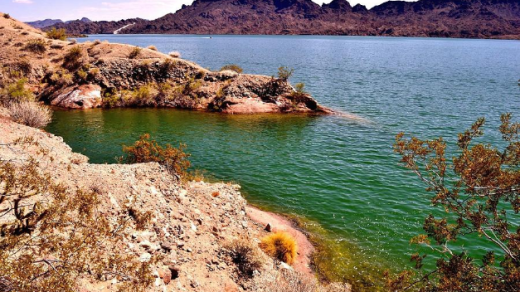


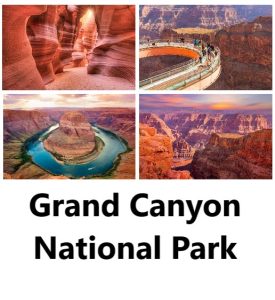


1 Response
[…] « Exploring Alamo Lake, Arizona A Hidden Gem in the Desert […]